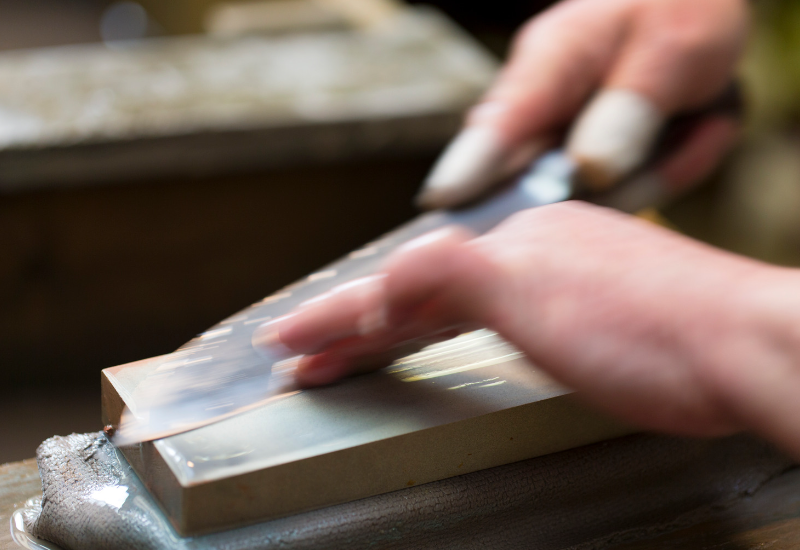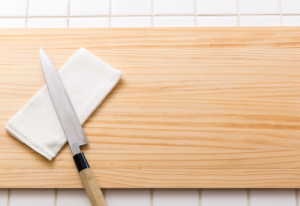Selecting the Right Whetstone for Your Kitchen Knife

Sharpening your kitchen knives not only ensures precision and efficiency in your food preparation but also prolongs the life of your tools. One of the most essential tools for this task is a whetstone. However, knowing how to choose the right whetstone for your knife can be a complex process. In this article, we will guide you through the process of selecting the best whetstone to suit your specific kitchen knife.
Understanding Grit Size
The grit size of a whetstone is a key determinant of its function. The grit number refers to the number of abrasive particles per inch on the stone’s surface.
Low grit (less than 1000)
This type of whetstone is used for repairing damaged edges or reshaping blades. However, using a low grit whetstone too frequently can wear down your knife quickly.
Medium grit (1000-3000)
This range is generally ideal for regular knife maintenance. It can sharpen slightly dull blades without removing too much material from the knife edge.
High grit (above 3000)
High grit whetstones are used for honing and polishing a blade to razor-sharp perfection. These are not meant for knives that are significantly dull or damaged.
Match the Whetstone to Your Knife
Different knives require different types of whetstones. For example, Japanese knives, which are usually made from harder steel, need a hard whetstone. On the other hand, Western-style knives, often made from softer steel, can be sharpened with softer stones.
Consider Your Sharpening Skills
Your skill level in knife sharpening also matters. If you’re a beginner, starting with a medium grit stone (around 1000-2000) might be the best choice. This grit range allows you to see and understand how the sharpening process works without risking significant damage to your knife. As you get more experienced, you can move on to finer grits for polishing.
Choosing the Right Material
Whetstones come in various materials, each with its own advantages and limitations. For instance, synthetic whetstones are widely available and offer consistent performance, whereas natural whetstones can provide a superior finish but are more expensive and harder to find.
Choosing the right whetstone for your kitchen knife is a crucial step in maintaining your culinary tools. By understanding your knife type, grit preferences, skill level, and the different materials available, you can ensure your knife stays sharp and efficient for a long time. Remember, the art of sharpening is a skill and takes time to master. Practice, patience, and the right tools will make all the difference.


